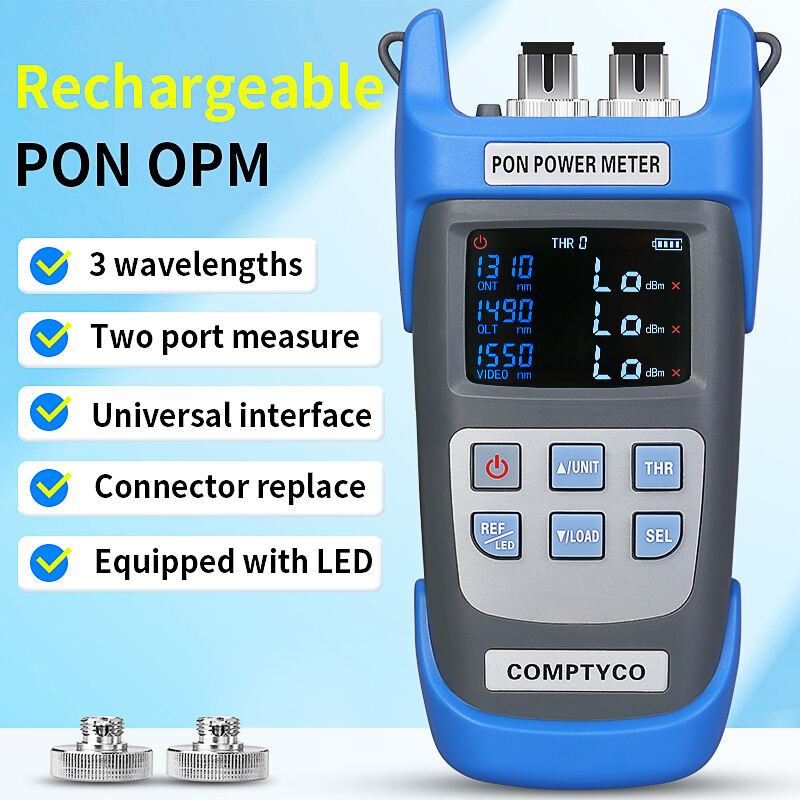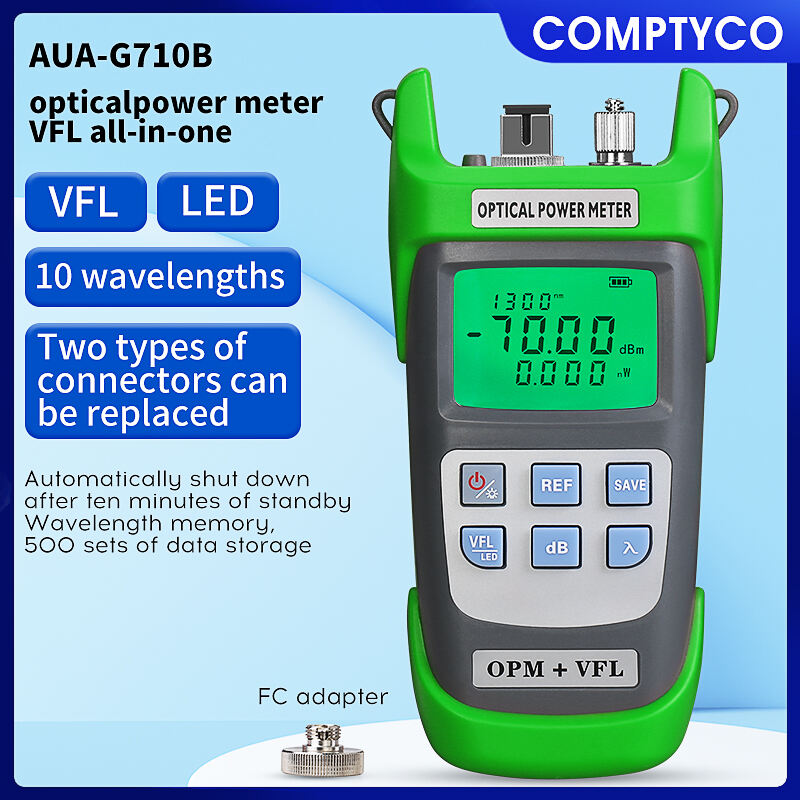optical time domain reflectometer function
An Optical Time Domain Reflectometer (OTDR) functions as a sophisticated diagnostic device that analyzes fiber optic networks through advanced light pulse technology. This essential tool operates by injecting a series of light pulses into the fiber and measuring the amount of light that is reflected back. The OTDR function provides detailed information about the fiber's length, attenuation, and potential fault locations by analyzing these reflections. Through its precise measurements, technicians can identify splice losses, connector locations, and breaks in the fiber network with remarkable accuracy. The technology utilizes Rayleigh backscattering principles, allowing for comprehensive analysis of the fiber's characteristics without requiring access to both ends of the cable. Modern OTDR functions incorporate advanced algorithms and processing capabilities to deliver accurate measurements of fiber properties, including insertion loss, reflection, and distance markers. The device proves invaluable in both installation and maintenance scenarios, offering real-time monitoring capabilities and historical data comparison for preventive maintenance. Its ability to detect and locate faults makes it an indispensable tool in telecommunications infrastructure management, data center operations, and network optimization projects.


